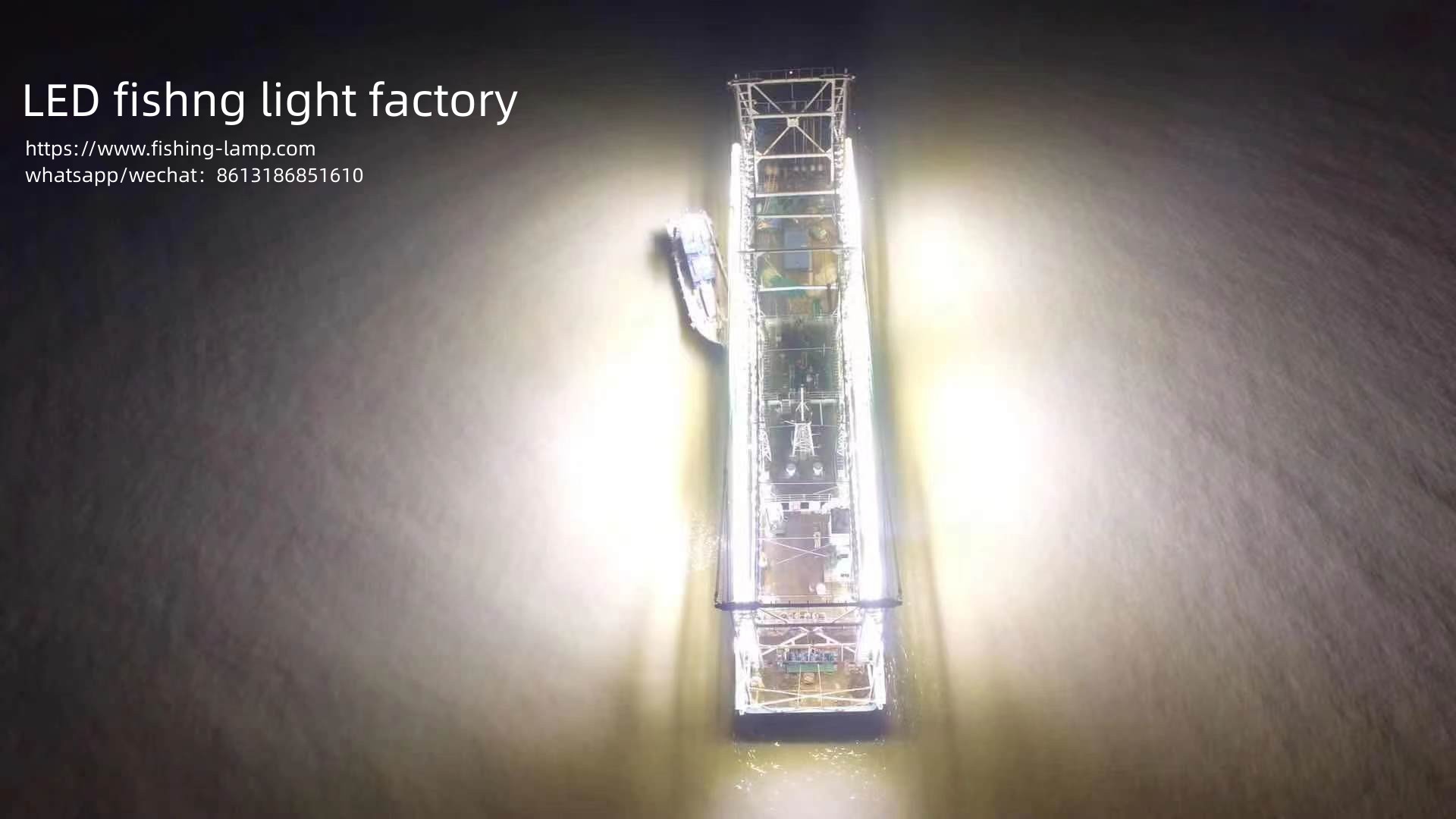Why do some fish sense polarized light?
Recent studies have shown that many fish are sensitive to polarized light. Humans do not have the ability to separate polarization from normal light. Conventional light vibrates in all directions perpendicular to its direction of travel; However, polarized light vibrates in only one plane. When light is reflected by many non-metallic surfaces, including the surface of the ocean, it is polarized to a certain extent. This explains how polarized sunglasses work: They block the horizontally reflected polarization component from the ocean surface, which causes most of the glare, but allow vertically reflected parts to pass through.
Not fully understanding why some fish are able to sense polarized light, the ability to detect polarized light may have to do with the fact that when light is reflected off a surface, like scales on baitfish, it is polarized. Fish that can detect polarized light have an advantage when it comes to finding food. Polarized vision can also enhance the contrast between the almost transparent prey and the background, making the prey easier to see. Another conjecture is that having polarized vision allows fish to see distant objects – three times the usual visual distance – while fish without this ability need brighter light.
Therefore, the stroboscope of MH fishing lights has no adverse reaction to the luring ability of fish.
The color of fluorescent lamps, especially glow sticks, is very popular with fishermen. Dropping a glow stick into the water can detect whether there are fish in the area. Under the right conditions, fluorescent colors are highly visible underwater. Fluorescence is produced when exposed to light radiation with a shorter wavelength. For example, fluorescent yellow appears bright yellow when exposed to ultraviolet, blue, or green light.
Fluorescence color fluorescence is mainly due to ultraviolet (UV) light, which is not visible to us in color. Humans can’t see ultraviolet light, but we can see how it brings out certain colors of fluorescence. Ultraviolet light is especially advantageous on cloudy or gray days, and when ultraviolet light shines on fluorescent materials, their colors become particularly pronounced and vibrant. On a sunny day, the fluorescence effect is much less, and of course if there is no light, there will be no fluorescence.
Studies have shown that fluorescent colors have longer distances of visible light than regular colors, and lures with fluorescent materials are generally more attractive to fish (increasing contrast and transmission distance). More precisely, fluorescent colors with slightly longer wavelengths than the color of water have better long-range visibility.
As you can see, light and color can get quite complicated. Fish are not very intelligent, and they attack prey or bait as one or more of the instinctual behaviors that stimulate motivation. These stimuli include movement, shape, sound, contrast, smell, face, and other things we don’t know about. Of course we need to consider other variables such as the time of day, tides and other fish or aquatic environments.
So, when some of the UV light reaches the water, it makes some of the plankton more vivid to the fish’s eyes, inducing them to come closer.
How to make the fishing lamp longer and better attract fish, this is not only the fishing lamp production factory needs to solve the problem, for the captain how to according to the local sea situation. Combined with ocean currents, sea temperature to adjust the best light color, such as: bow, ship, stern will add some other light color to mix cooperation. What we know is that some captains will insert some green fishing lights or blue fishing lamp into the white deck fishing lights.In the LED fishing light, increase part of the ultraviolet spectrum,
Post time: Nov-09-2023
